Oberhafen-Kantine
This dockworkers' lunch joint has been left leaning by a century of storm floods.
In a quiet corner of Hamburg’s Hafencity, an industrial area along the River Elbe, there is a tiny restaurant made from dark red Oldenburg brick, with “Oberhafen-Kantine” unevenly spread across its pointy-arched windows. Nearly a hundred years of storm floods have washed out the soil beneath the historic lunch spot, resulting in a jaunty dip forward that only adds to its humble charm.
The Oberhafen-Kantine–roughly translated, “upper port canteen,” started serving lunch to dockworkers in the 1920s. At the time, drinking was proving to be a considerable problem among the workers. So, inspired by similar establishment in Great Britain, in 1925 Hermann Sparr opened Oberhafen-Kantine as a Kaffeeklappe–a coffee shop or diner–where locals could have a meal and a cup of coffee, but avoid the temptation of alcohol.
The Oberhafen-Kantine was built next to the 1906 Oberhafenbrücke, a narrow two-tiered railroad and pedestrian bridge. When it proved too small for the city’s growing rail traffic, it was replaced with the current, wider version that zips right over the top of the restaurant’s first floor.
Luckily neither the proximity of the bridge nor the rumble of the trains put them out of business, and the Oberhafen-kantine stayed in the Sparr family until the death of Hermann’s daughter Anita in 1997. The crooked little building’s luck then ran out, and once the business closed it was boarded up, deemed unsafe, fenced in, and abandoned.
It stayed in a dilapidated state until the year 2000, when it was declared a landmark. In 2002 it was bought by the owner of the activist cultural center Rote Flora , and a complete renovation was completed in 2005. Severe flooding struck again in 2007 and 2014, but both times the Oberhafen-Kantine, the very last of the old Kaffeeklappes, was restored.
Know Before You Go
If you are on foot, take the U-bahn to Steinstraße station, walk south past the Deichtorhallen and cross the Oberhafen bridge on foot. The little restaurant is just to your left. Kitchen hours are Tuesday through Saturday from noon until 10:00pm (the bar usually stays open later), and Sunday from noon to 5:30pm (closed Mondays). For more Kaffeeklappe, you can head to Berlin and visit artist Thomas Passfeld’s full-scale, portable replica called the Oberhafenkantine Berlin (atlasobscura.com/places/oberhafenkantine-berlin).

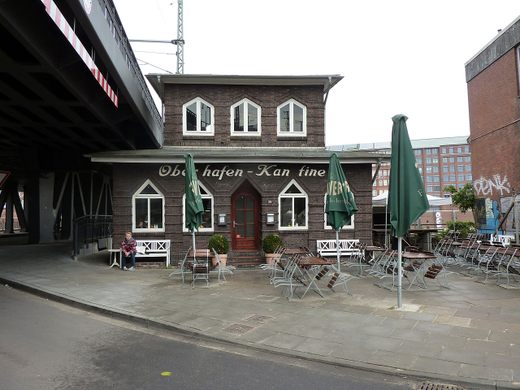
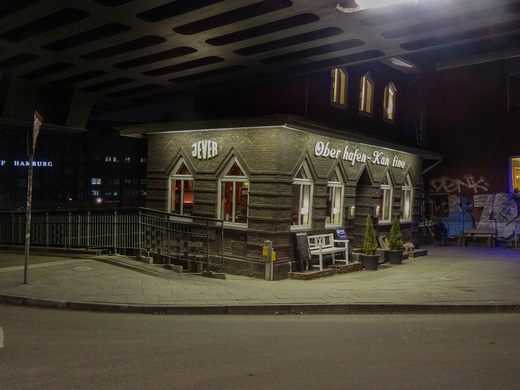

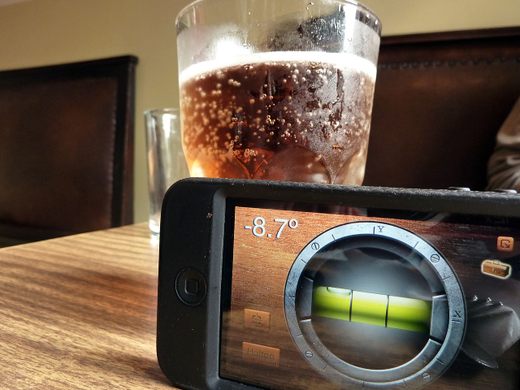



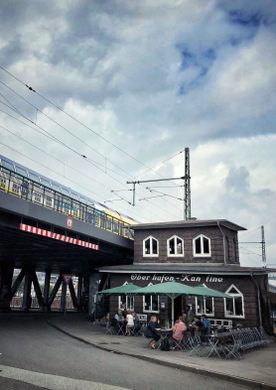
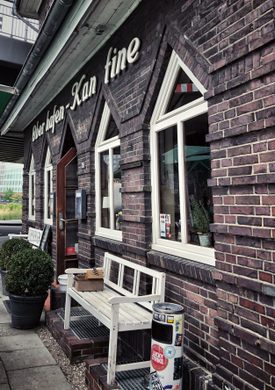
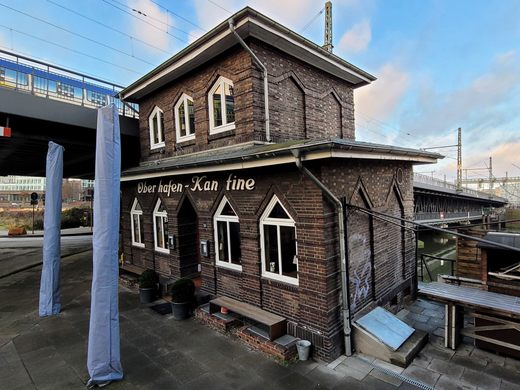





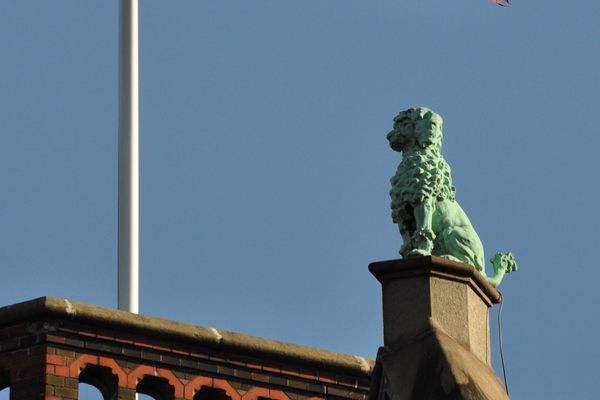


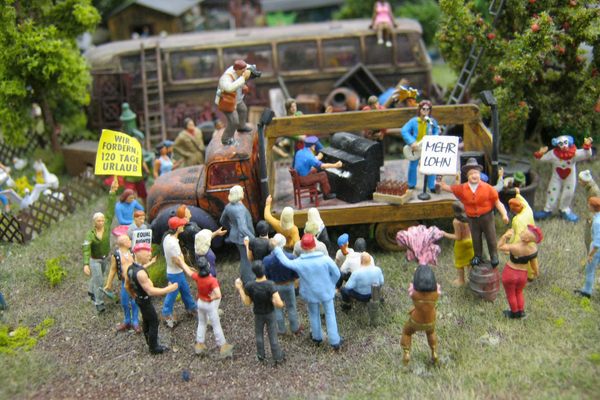
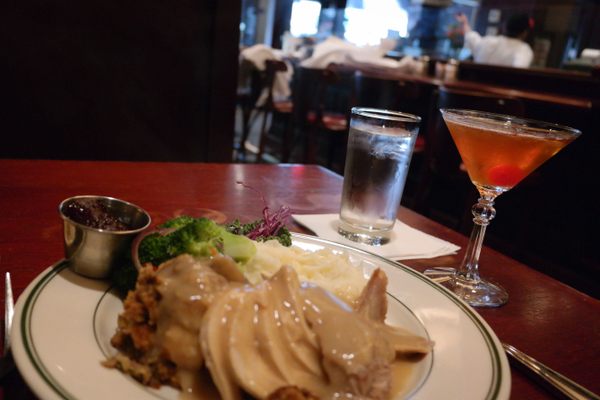
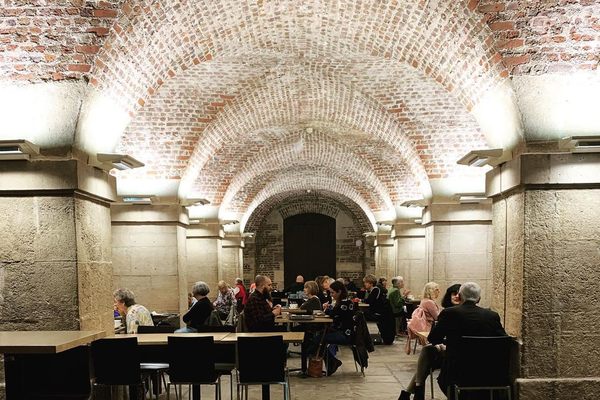
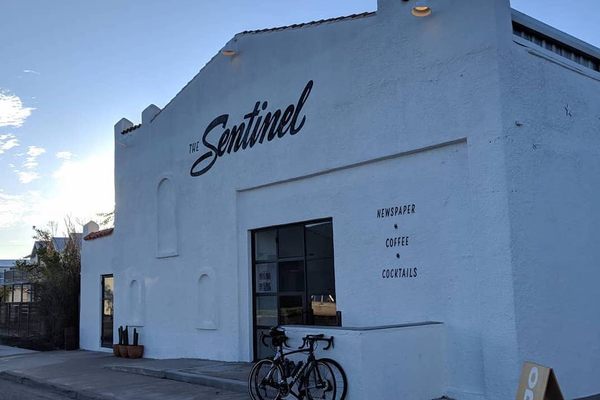


Follow us on Twitter to get the latest on the world's hidden wonders.
Like us on Facebook to get the latest on the world's hidden wonders.
Follow us on Twitter Like us on Facebook